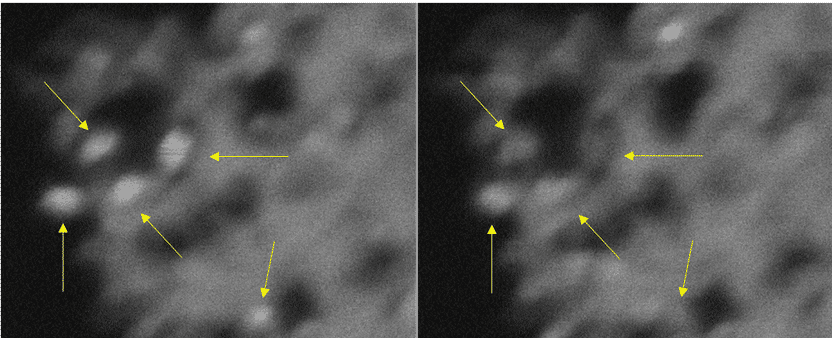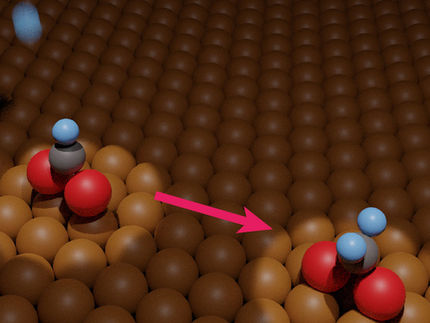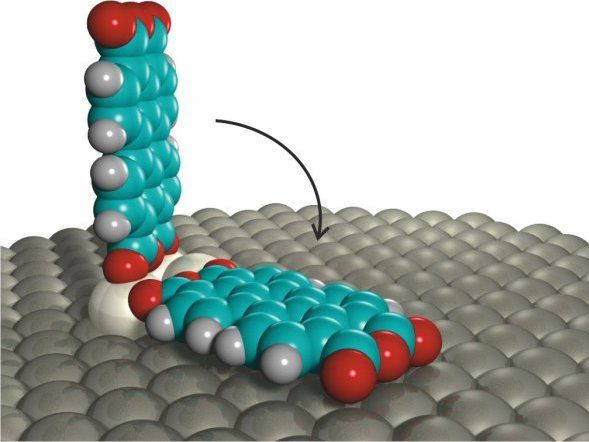'Blinking" crystals may convert CO2 into fuels
Unusual nanoparticles could could be useful for environmental cleanups, sensors, electronic devices and solar cells
Advertisement
Imagine tiny Crystals that "blink" like fireflies and can convert carbon dioxide, a key cause of climate change, into fuels.

The arrows point to titanium dioxide nanocrystals lighting up and blinking (left) and then fading (right).
Tewodros Asefa and Eliska Mikmekova
A Rutgers-led team has created ultra-small titanium dioxide crystals that exhibit unusual "blinking" behavior and may help to produce methane and other fuels, according to a study in the journal Angewandte Chemie. The crystals, also known as nanoparticles, stay charged for a long time and could benefit efforts to develop quantum computers.
"Our findings are quite important and intriguing in a number of ways, and more research is needed to understand how these exotic crystals work and to fulfill their potential," said senior author Tewodros (Teddy) Asefa, a professor in the Department of Chemistry and Chemical Biology in the School of Arts and Sciences at Rutgers University-New Brunswick. He's also a professor in the Department of Chemical and Biochemical Engineering in the School of Engineering.
More than 10 million metric tons of titanium dioxide are produced annually, making it one of the most widely used materials, the study notes. It is used in sunscreens, paints, cosmetics and varnishes, for example. It's also used in the paper and pulp, plastic, fiber, rubber, food, glass and ceramic industries.
The team of scientists and engineers discovered a new way to make extremely small titanium dioxide crystals. While it's still unclear why the engineered crystals blink and research is ongoing, the "blinking" is believed to arise from single electrons trapped on titanium dioxide nanoparticles. At room temperature, electrons - surprisingly - stay trapped on nanoparticles for tens of seconds before escaping and then become trapped again and again in a continuous cycle.
The crystals, which blink when exposed to a beam of electrons, could be useful for environmental cleanups, sensors, electronic devices and solar cells, and the research team will further explore their capabilities.
Original publication
Other news from the department science

Get the chemical industry in your inbox
By submitting this form you agree that LUMITOS AG will send you the newsletter(s) selected above by email. Your data will not be passed on to third parties. Your data will be stored and processed in accordance with our data protection regulations. LUMITOS may contact you by email for the purpose of advertising or market and opinion surveys. You can revoke your consent at any time without giving reasons to LUMITOS AG, Ernst-Augustin-Str. 2, 12489 Berlin, Germany or by e-mail at revoke@lumitos.com with effect for the future. In addition, each email contains a link to unsubscribe from the corresponding newsletter.






























































